We sat down with Vlad from Tagy, a new app that brings an interesting new idea for launchers and widgets to the Google Play Store. Tagy Cloud UI uses text instead of traditional buttons and icons to open apps.
It sizes the names of the apps based on how much you use them, not unlike the “popular tags” feature you’ll find on some blogs.
I’ve been using it for a few days, and while it’s not necessarily my cup of tea I do find it functional for those who’d want a widget like this.
From time traveling snail mail to the impact of ads on the user experience, Vlad takes us deeper into Tagy, what went behind its development, and what he believed Tagy would deliver to the Android software ecosystem. Take a look at this great read below.
Phandroid: How did you get started with Android Development?
Vlad: I’ve started my journey with Android mainly for two reasons. First, I wanted to take a look at mobile development, since it offers some new concepts and programming practices. Second, Java is a popular language for modeling and research, which is of my interest, so it came naturally as a language to learn next. Not to mention, the initial app idea, Tagy widgets, could only be implemented in Android, since iOS and Windows Phone don’t allow for widgets yet.
Phandroid: What phone do you personally use?
Vlad: An old Samsung Galaxy S. It’s good for testing, since it has a quite medium hardware compared to modern phones and should in theory reflect how smooth the app runs for most users. In practice this is not always the case, unfortunately, since some custom roms or running apps can affect the performance of even the fastest devices. Nevertheless, I believe that this phone shows a typical responsiveness the user will experience and I try to maximize it.
Phandroid: What was your biggest challenge in developing Tagy?
Vlad: Tagy is a widget and widgets in Android are quite limited in what they can do. There are lots of restrictions in API and you need to take a long path sometimes to achieve what you intended. Also, widgets creation is non-intuitive for many users, hence many “App not working” reviews even for the most popular widgets. So the problems here are mainly technical.
Phandroid: Why did you see the need for Tagy?
Vlad: It was a design-driven idea. One day I saw a text art sign at some place and it reminded me about how the text itself could be artistic. Words of different sizes and colors form multiple patterns, transforming when viewing the picture as a whole or as parts. All this brought me to an idea of a pure text interface. Text is universal, since it can convey the name of an app, contact, bookmark or settings item. And tag cloud visualization adds a usage statistics perspective to it, allowing text to change its size and color. At this time the limitation of a traditional 4×4 smartphone icon grid became apparent, since it requires more and more scrolling as the amount of data grows. Not the least reason for going with this idea was that there were no similar apps and it’s always interesting to make something new.
Phandroid: Monetization: in terms of driving revenue, can you tell us about your experience, your strategy, and the overall potential? (We know this is a touchy subject and confidential issue, but we appreciate any details you’re willing to share)
Vlad: First of all, I didn’t want to use ads, since I believe that user experience would seriously suffer in this case. I guess that free trial and paid unlocker should provide a combination of a low entry barrier for new users and a potential for monetization. However, since Tagy launched just a week ago, there’s no data yet to make any conclusions. I’ve seen some data presented by developers about how their apps are doing financially and they vary considerably, so it’s hard to make predictions and set goals in terms of revenue.
Phandroid: What do you want to see in future versions of Android?
Vlad: In the first place, I’d like to see some improvements in Google support service. It’s practically impossible to get support, even in some urgent cases like app removal from the market. One of the Tagy widgets – Tagy Google Services, which contains links for Google apps and services, a pretty common functionality, was removed a week ago and still I can’t get any info about how should I bring it back. Technologically, I think, Google is moving pretty fast and probably with a new version of Android it’s time to move to other device types, PCs especially (fragmentation issues aside).
Phandroid: Do you develop for other platforms and how does Android compare to those platforms?
Vlad: I have another app, which runs under Windows, which shares similar philosophy with Tagy. It’s also “the only game in town” app, XLnotes, which allows to turn Microsoft Excel into a notetaking application. Although comparing these two development worlds is difficult, Android offers a fresh and often an easy to work with environment compared to desktop applications. And centralized distribution through Google Play really helps.
Phandroid: If you could give one tip to fellow Android Developers, what would it be?
Vlad: Well, I’m a fellow Android dev myself, and all the good advices were probably already given, but I can point out Tagy as an example of market segmentation. Should a new app target every single user on the market in order to be successful? I hope no. Tagy is a love it or hate it app and there is already a decent group of people who textualized their home screens as well as people who would never agree to try it. This means finding and working with your loyal users to determine your apps look and feel and paths for improvement.
Phandroid: Tell us one thing that most people don’t know about you or your company.
Vlad: Not particularly about me, but about my company name in the market. I think that Minimax, an optimization and operations research term is a perfect metaphor for a text interface: minimum visual means, but maximum content capacity.
Phandroid: If you had to build an instant transportation portal to one place in the world, where would it be an
Vlad: 37.422°N 122.084°W If I can’t know what happened with my app by mail, should I teleport there and ask?
You can find Tagy on the Google Play Store for free here. You can unlock more features for $1.29 using this unlocker app, and there’s also a companion “settings” app for your perusal.
Want to get involved in Developer Appreciation Month? Contact us and start your message with “Developer Appreciation Month”.
Don’t miss your chance to win! Sign up for our Developer Newsletter: it’s required to win most of our contests and it’ll feature some huge announcements that you won’t want to miss.

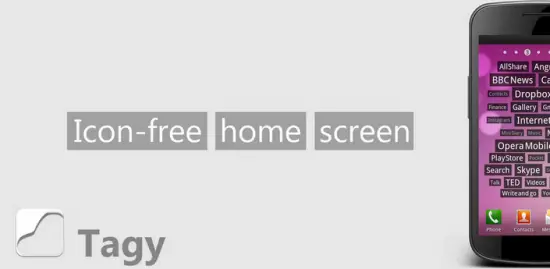
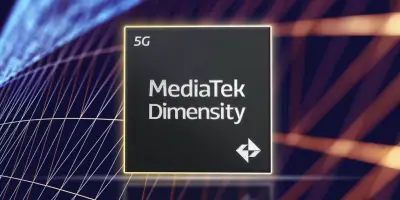

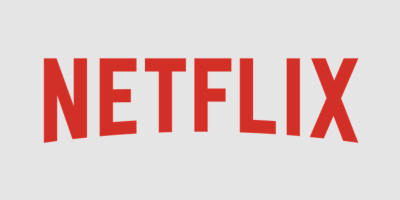


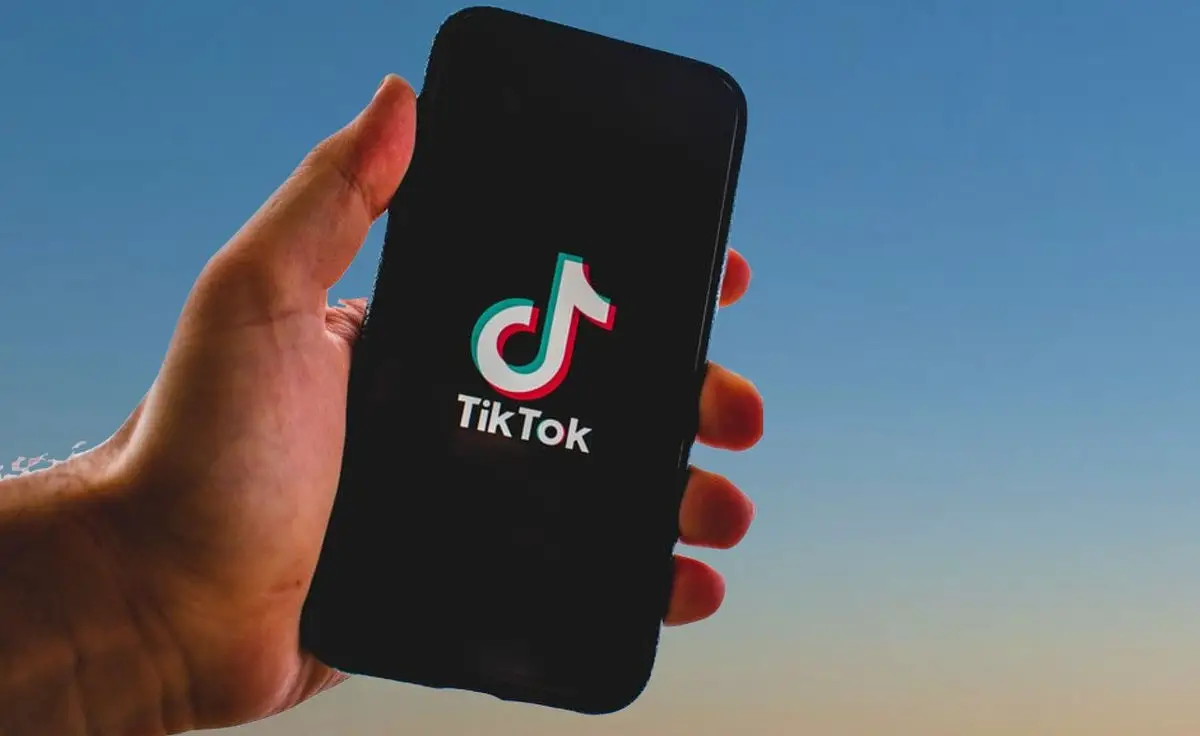
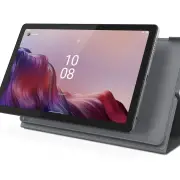
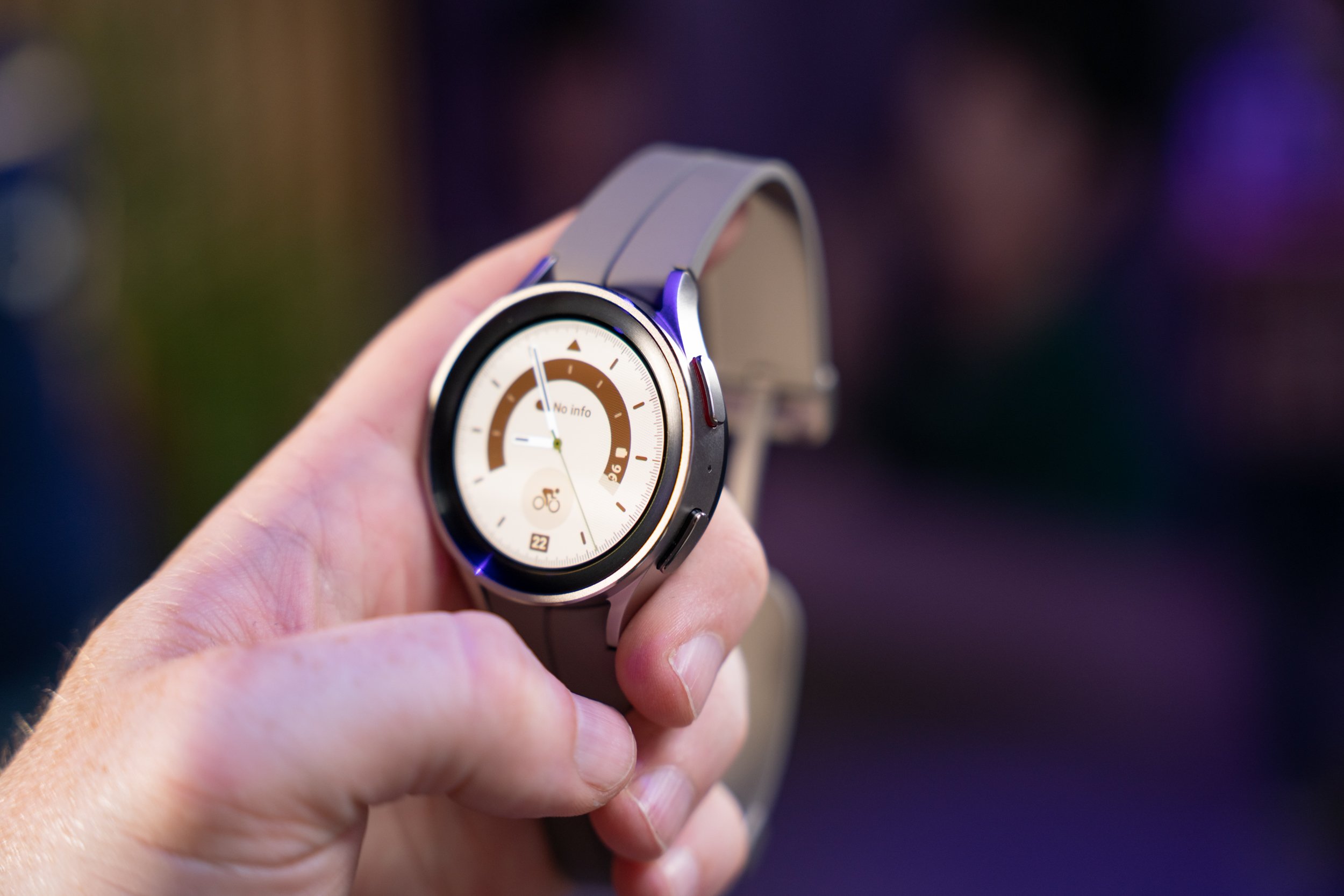
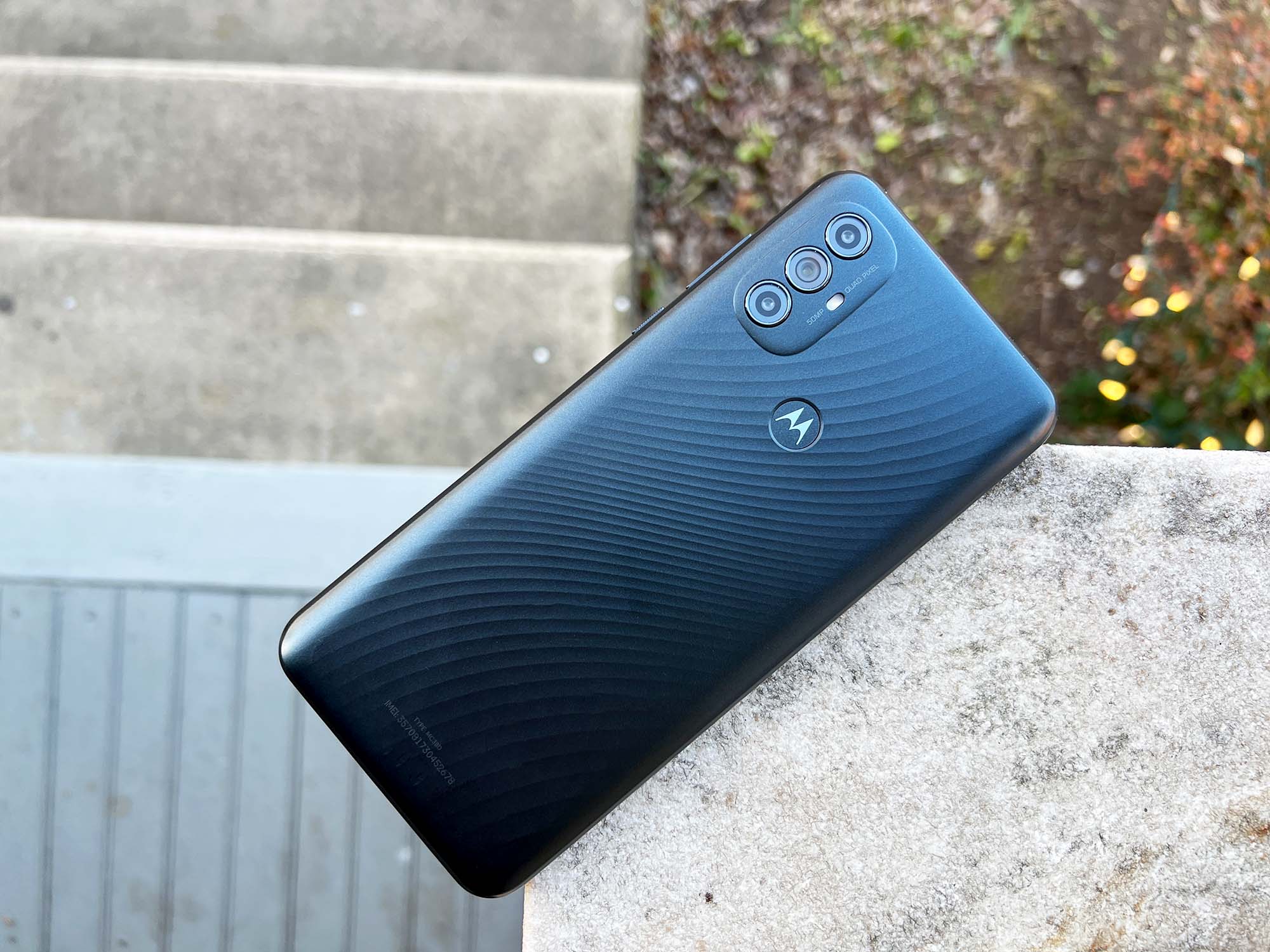

Is anyone actually reading these interviews? Are these really “burning questions” that Android users are dying to hear the answers to? No, nobody knows who these people even are. You’re wasting your time.
Nah, you’re wasting your time commenting.
As someone who is thinking about getting into android development, I really like this series of articles.
I think it’s an interesting series, and it gives insight into the developers intentions with their specific app. Keep it up.
I agree. It’s not like these articles are all there is to phandroid. If one does not like the developer interviews, one is not required to read them.